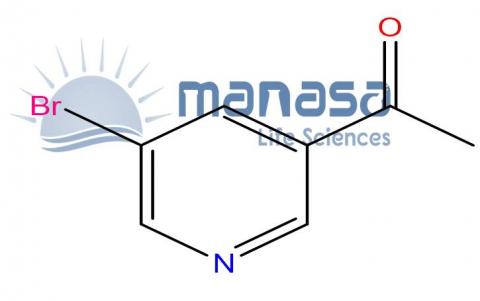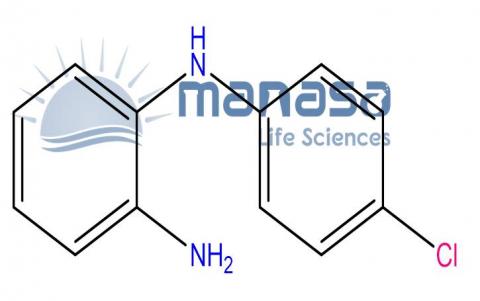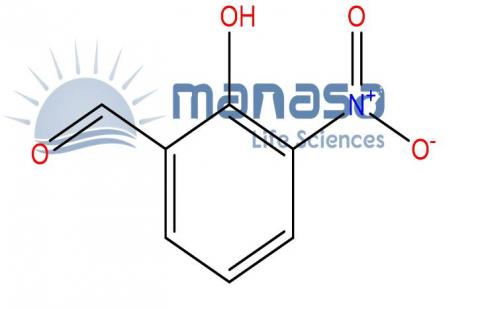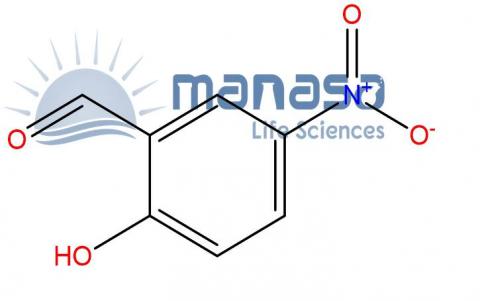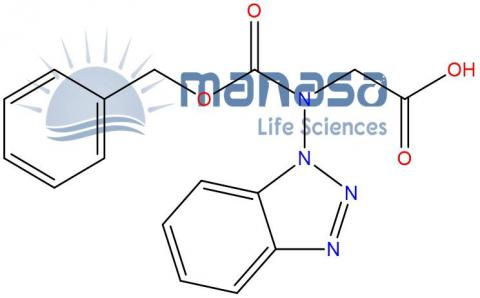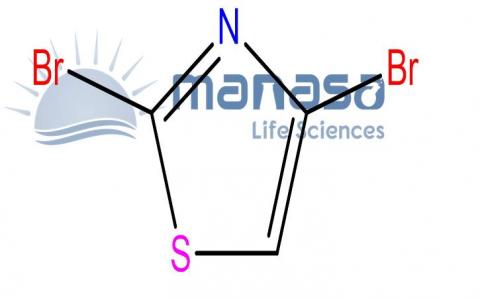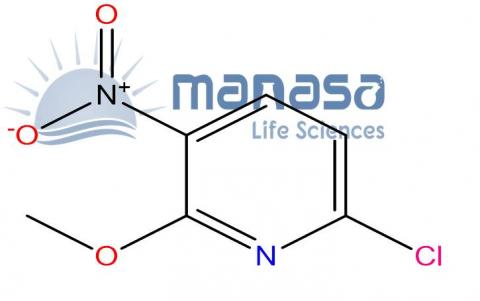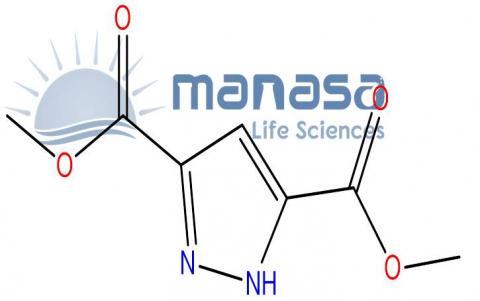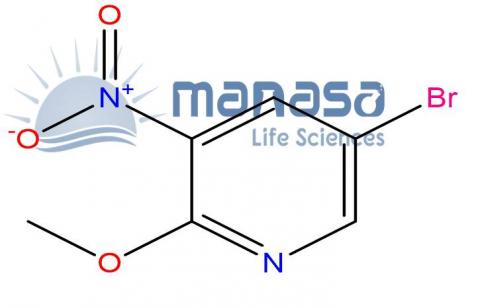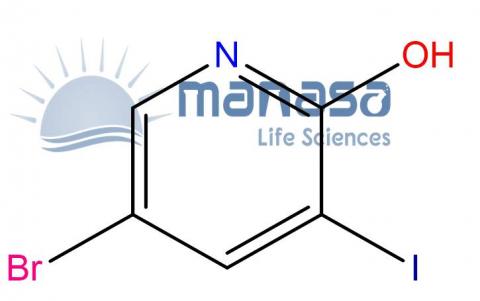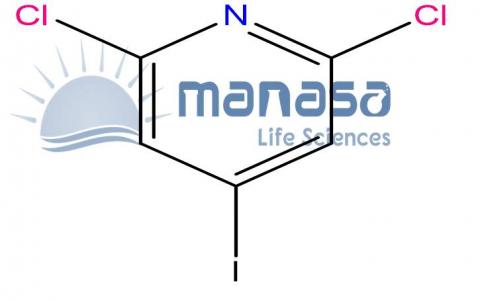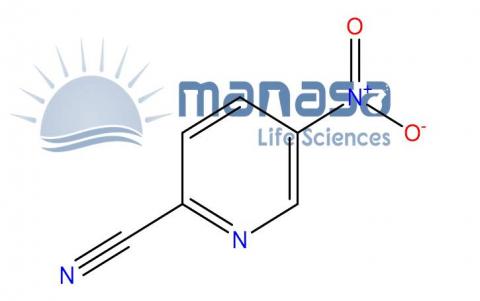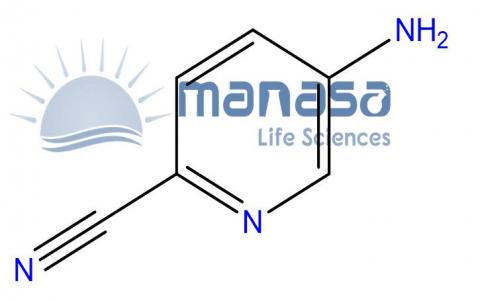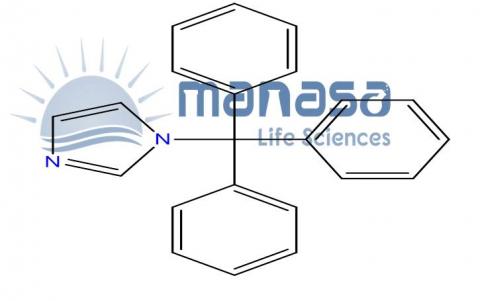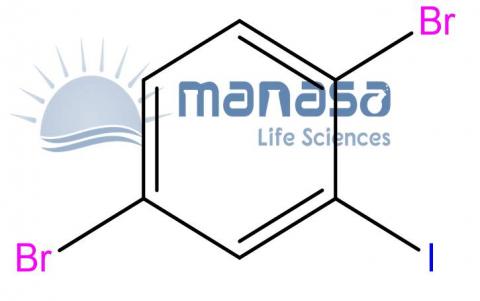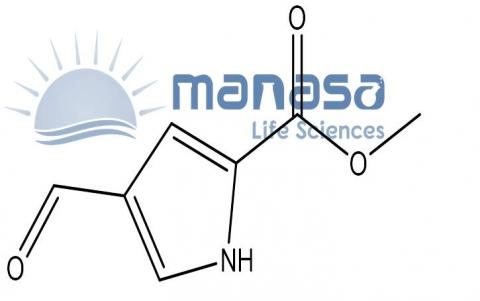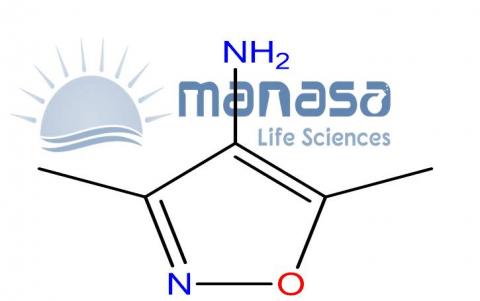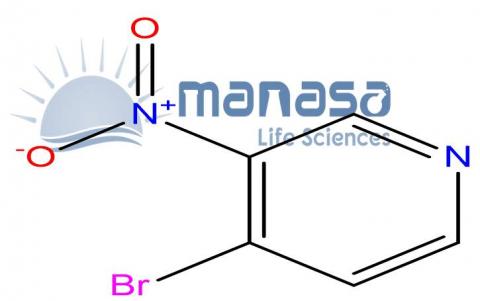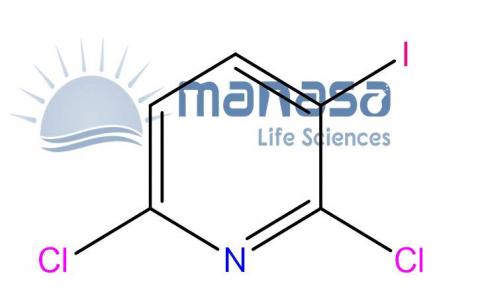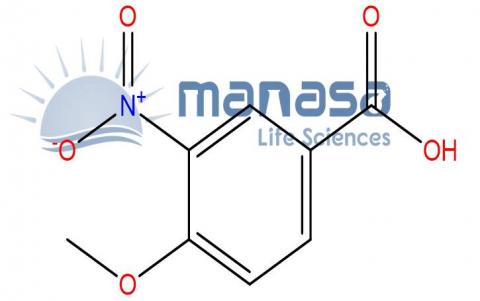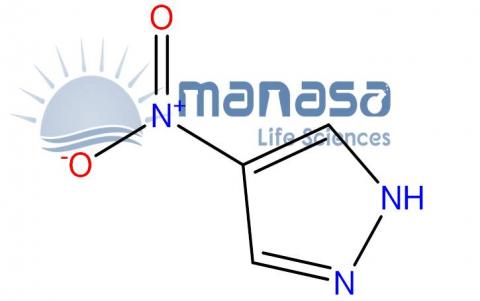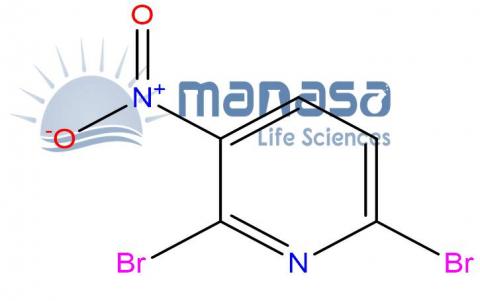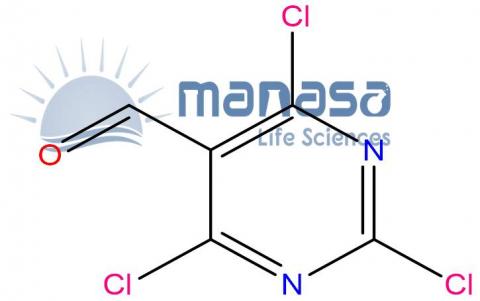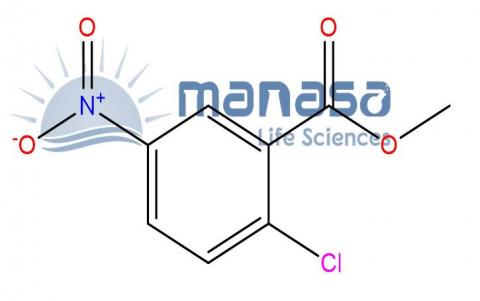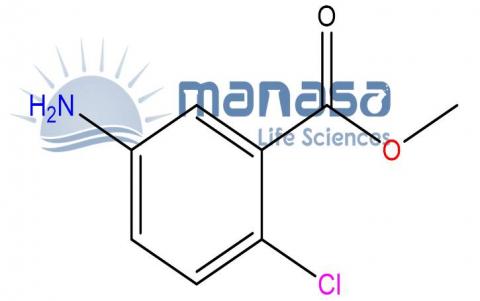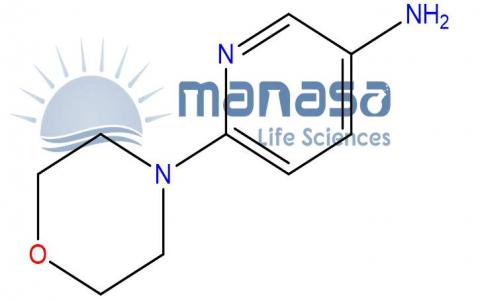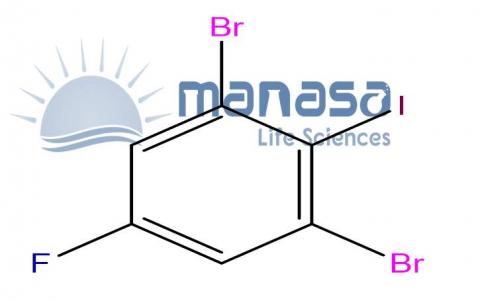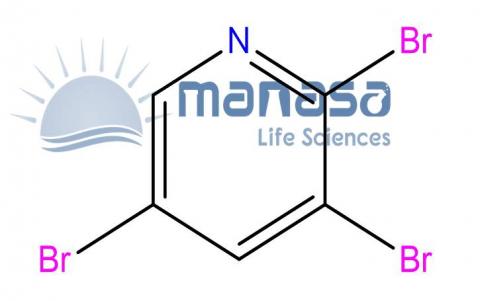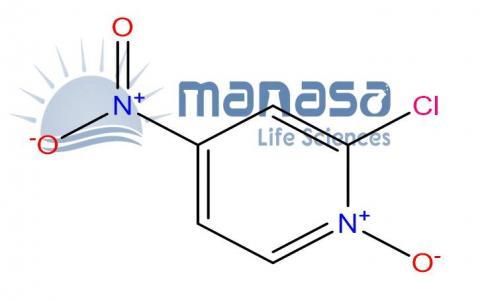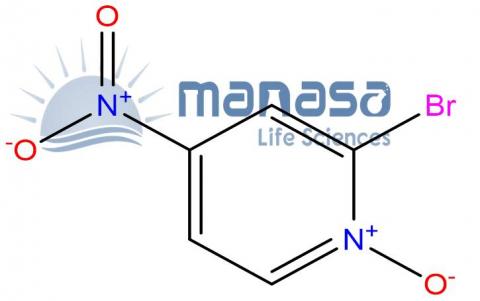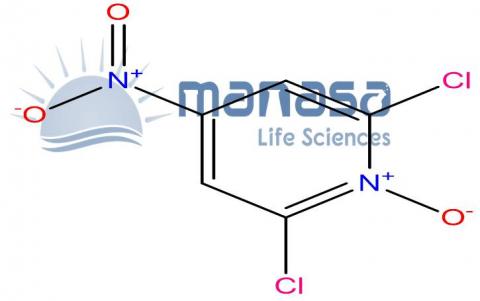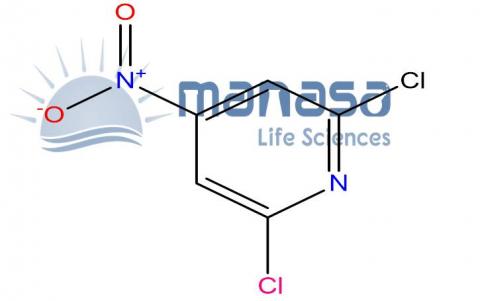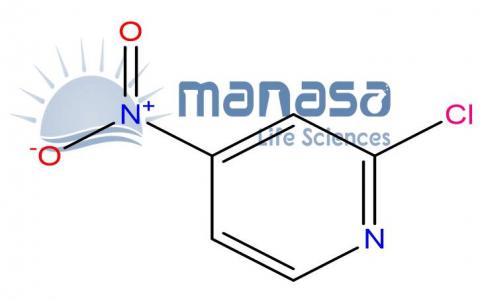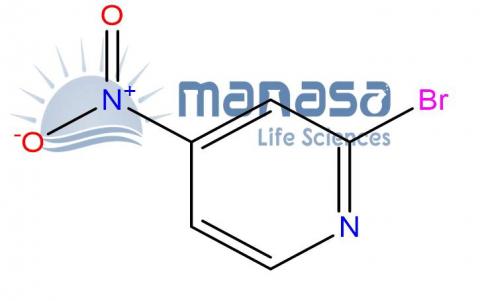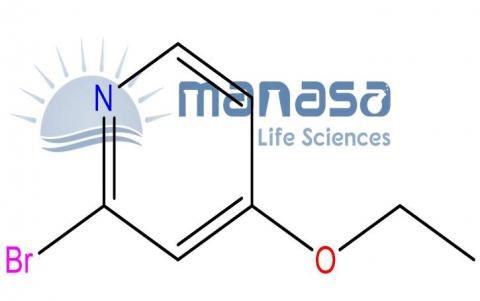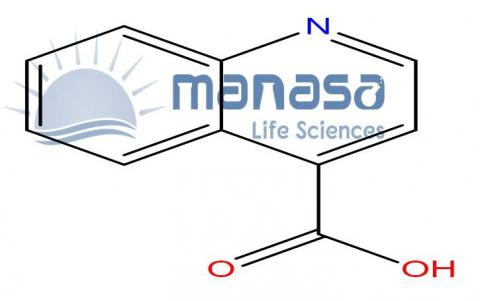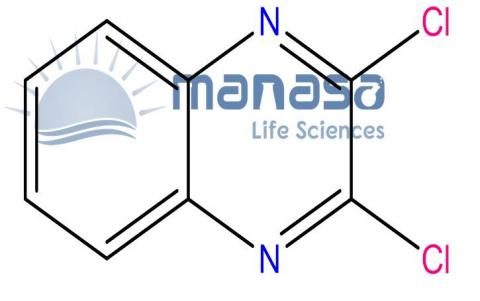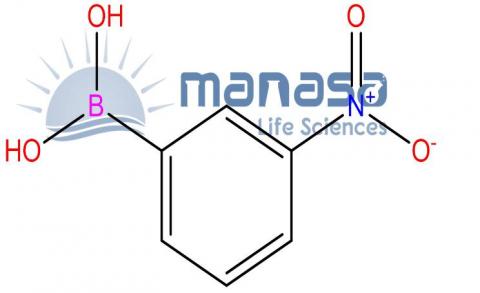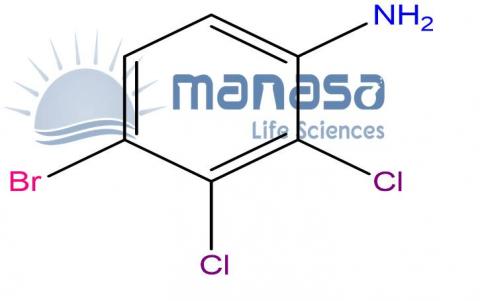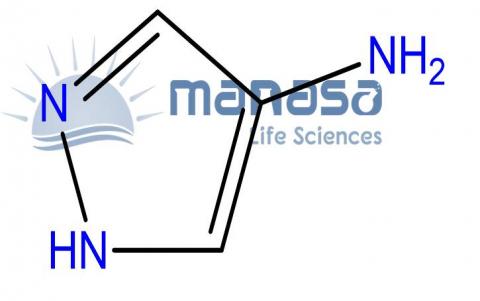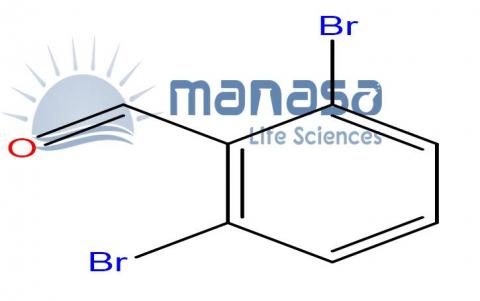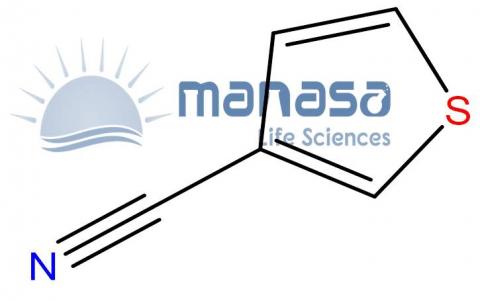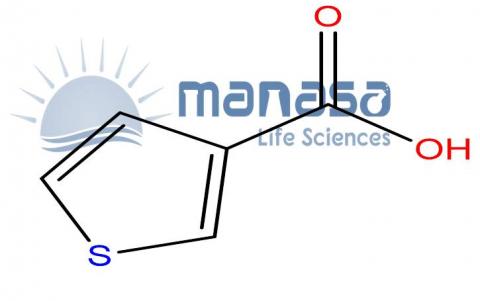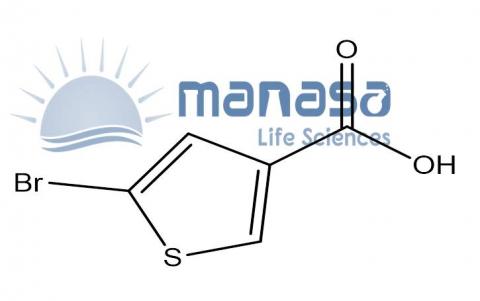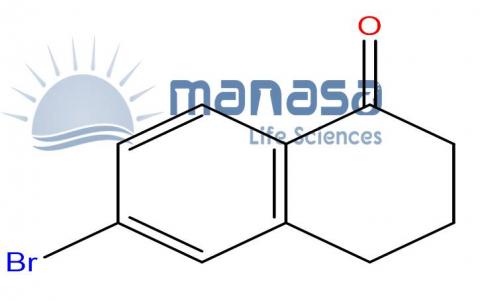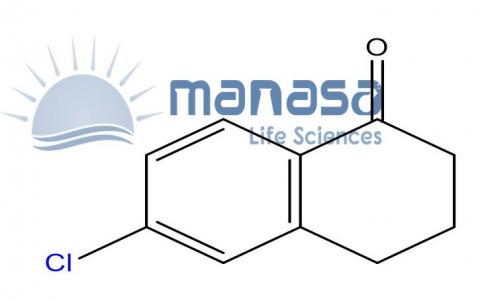For any information Email to: info@manasalifesciences.com
Fine chemicals are single, pure chemical compounds with precise properties that result in an end product. Commodity chemicals are used to make fine chemicals. These are utilized as organic building blocks to generate new compounds with particular functional properties. Fine chemical production is complicated and variable, with multi-step operations using new technology to reach ultra-high purity criteria.
The term "fine chemicals" was used as early as 1908. The fine chemical industry emerged as a separate entity in the late 1970s, when the overwhelming success of the histamine H2 receptor antagonists Tagamet (cimetidine) and Zantac (ranitidine hydrochloride) created a strong demand for advanced organic chemicals used in their production. Because the originators' in-house production capacities, the pharmaceutical companies Smith, Kline & French, and Glaxo could not keep up with the rapidly increasing demands, both companies (now merged as GlaxoSmithKline) outsourced some of the manufacturing to chemical companies experienced in producing relatively sophisticated organic molecules. Lonza, Switzerland, had previously supplied an early intermediate, methyl acetoacetate, throughout drug development, and quickly became the primary supplier of more advanced precursors.
These are manufactured in low volumes and customized batches. Fine chemicals are produced by a limited number of companies. The chemistry of these substances often changes whenever a new drug is introduced to the market. Fine chemicals include alkane, alkene, and alkyne derivatives; aromatic compounds; amino acids and derivatives; steroids; alkaloids, etc. The purity of fine chemical synthesis is of utmost priority, as its quality and purity directly affect the end product. These are produced in limited volumes, as they tend to have high prices. The main attributes of fine chemicals are purity, complexity, and small-scale production.
Fine chemicals include active pharmaceutical ingredients, biocides, peptides, and steroids. These are mostly utilized in producing active pharmaceutical ingredients and intermediates, and they include a wide variety of manufacturing companies in pharmaceuticals, agriculture, automotive, electronics, and food processing. The ultimate product of an active pharmaceutical component normally has a variable composition due to fine chemicals. It is never marketed directly but rather blended with solvents, inert colors, and excipients.
Fine chemicals are extremely sensitive, and complex drying processes are usually necessary to maintain acceptable purity. These compounds must have a greater degree of accuracy and purity. Complex procedures, including chemical synthesis, biotechnology, extraction, and hydrolysis, are also required. Catalysis, in whatever form, is essential for chemical reactions. Even in the few circumstances where reaction speed is adequate, a catalyst can improve reaction economy, yield, and selectivity. An ideal catalyst has a high turnover frequency (TOF) and can create an endless quantity of product (TONNE) at room temperature and pressure. This, however, is rarely practicable in reality. Maintaining a reactor at normal temperature is quite expensive, especially during extremely exothermic processes. As a result, a compromise between operating circumstances and the expected TOF/TONNE, the reaction should not result in any catalyst deactivation or toxicity. Industrial biotechnology, also known as "white biotechnology," is gaining traction in the chemical industry. It enables the conversion of renewable resources such as sugar or vegetable oils, as well as the more efficient transformation of conventional raw materials into a variety of commodities (e.g., cellulose, ethanol, and succinic acid), fine chemicals (e.g., 6-aminopenicillanic acid), and specialties (e.g., food and feed additives). Unlike green and red biotechnology, which are focused on agriculture and health, respectively, white biotechnology seeks to enhance the economic and sustainable production of existing goods while also offering access to new products, notably biopharmaceuticals. Three distinct process methods are utilized: biocatalysis, biosynthesis (microbial fermentation), and cell cultures.
Biocatalysis:
Biocatalysis, also known as biotransformation and bioconversion, is the use of natural or modified isolated enzymes, enzyme extracts, or whole-cell systems to increase the production of small molecules. It offers many advantages over classical organic synthesis. Syntheses are shorter, need less energy, and produce less waste, making them more environmentally and economically appealing. Approximately two-thirds of chiral goods produced on a major commercial scale are already synthesized utilizing biocatalysis. Enzymes are the single most essential technology for dramatically lowering costs in the production of fine compounds. This is especially true in the synthesis of compounds bearing chiral centers. By replacing salt formation with a chiral compound, such as (+)-α-phenylethylamine, crystallization, salt breaking, and recycling of the chiral auxiliary, a one-step, high-yield reaction under mild conditions can result in a product with a high enantiomeric excess (ee).
Biosynthesis:
Enzymes in whole cell systems employ biosynthesis, or the transformation of organic materials into fine chemicals by microbes, to make both small molecules, such as peptides, and simpler proteins, and larger, less complex, non-glycosylated molecules, like enzymes. The targeted product is discharged into the medium by the enzyme systems that the particular microbe strain activates, or, in the case of HMW peptides and proteins, it aggregates inside what is known as inclusion bodies that accumulate within the cells. The growth of fermentation relies on the selection and optimization of strains, in addition to the creation of media and procedures. Large-scale industrial production takes place at designated plants. Previously, product isolation was accomplished by extracting vast volumes of the product-containing medium. Modern isolation and membrane technologies, including reverse osmosis, ultra- and nanofiltration, and affinity chromatography, can help to remove salts and byproducts while also concentrating the solution effectively and ecologically under mild conditions. Conventional chemical crystallization methods are commonly used for ultimate purification. Unlike the isolation of tiny molecules, the isolation and purification of microbial proteins is arduous and frequently entails a lot of expensive, large-scale chromatographic processes.
Cell cultures:
Cell Cultures Animal or plant cells extracted from tissues will continue to grow if given the proper nourishment and habitat. Cell culture is the process of developing cells outside their native environment. Mammalian cell culture fermentation, is also known as recombinant DNA technology, is mostly used to generate complex, large-molecule therapeutic proteins, or biopharmaceuticals. The first products manufactured were interferon (discovered in 1957), insulin, and somatropin. Cell lines that are frequently used include Chinese hamster ovary (CHO) cells and plant cell cultures. The production volumes are very less. Mammalian cell culture creates fine compounds in far more demanding conditions than typical biocatalysis and synthesis. Mammalian cells are heat and shear-sensitive; hence, the bioreactor batch requires stricter operational parameter restrictions.
